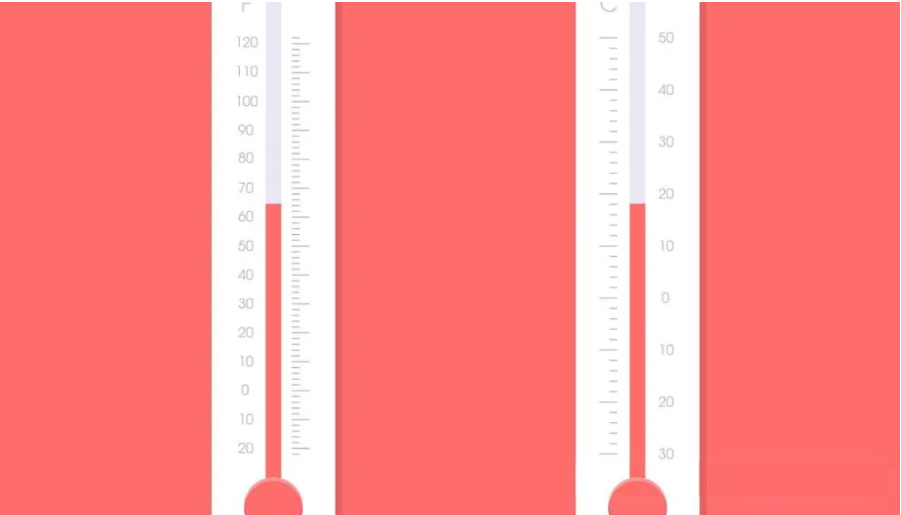
Temperature measurement is fundamental to modern technology, and calibration is key to ensuring accurate measurements. Let’s dive into the technical details of temperature sensor calibration to demystify this precise science.

Detailed explanation of calibration methods
1. Fixed-point calibration
This is one of the most accurate calibration methods, using the phase change point of a pure substance as a natural temperature reference. Common fixed points include:
Triple point of water: 0.01°C (accuracy up to ±0.0001°C)
Boiling point of water: 100°C (atmospheric pressure correction must be considered)
Sn freezing point: 231.928°C
The laboratory creates these phase change conditions through special devices, measures the sensor to be calibrated and the standard at the same time, and establishes a calibration curve.
2. Comparison calibration
This method uses a constant temperature bath as the temperature source. The operation steps are as follows:
(1) Fix the standard sensor and the sensor to be calibrated in a constant temperature bath
(2) Set multiple temperature points (usually 5-7) to cover the sensor range
(3) After each temperature point stabilizes, record the readings of the two sensors
(4) Fit the calibration curve using the least squares method
This method is applicable to the range of -80°C to 300°C, with an accuracy of ±0.1°C.
3. Blackbody furnace calibration
Mainly used for calibration of high temperature sensors (above 300℃):
Use high temperature blackbody furnace as radiation source
Determine blackbody temperature by standard optical pyrometer
Compare the measured values of the sensor to be calibrated
This method needs to consider emissivity correction, and the accuracy is usually within ±1℃.
Key elements of the calibration process
1. Environmental control
Temperature stability: ±0.01℃/hour
Constant temperature bath uniformity: ±0.02℃
Air pressure measurement accuracy: ±10Pa
Humidity control: 40-60%RH
2. Measurement system
Standard: first-class standard platinum resistance thermometer
Electrical measurement equipment: 7.5-digit digital multimeter
Data acquisition: at least 100 sample points/minute
Stabilization time: at least 15 minutes for each temperature point
3. Uncertainty analysis
The calibration result must include measurement uncertainty, the main sources include:
Uncertainty of the standard
Stability of thermostatic bath
Resolution of measurement system
Influence of environmental conditions
Technical level of operators
Calibration cycle and verification
1. Determination of calibration cycle
Laboratory standard: 6 months
Industrial site: 1 year
Special environment: 3 months
When abnormality occurs: calibrate immediately
2. Period verification
Use fixed point device (such as ice point device) for daily verification
Comparative method uses portable thermostatic bath for on-site verification
Keep verification records and establish sensor performance files
Temperature sensor calibration is a precise science that integrates multidisciplinary knowledge such as physics, electronics, and metrology. Only through strict calibration procedures can we ensure that every temperature data from laboratory to industrial production is true and reliable. This seemingly ordinary work is actually an important cornerstone supporting the development of modern science and technology.
Share